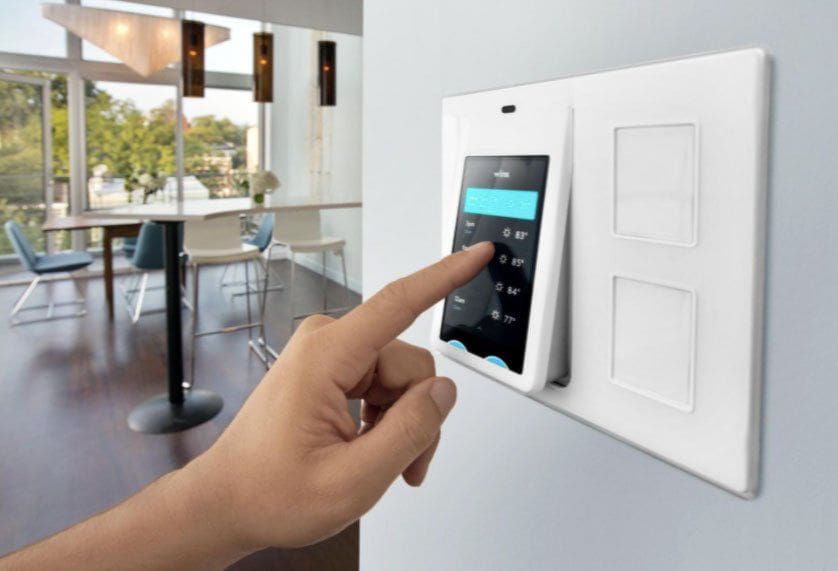The Smart Nation journey that the government has set the nation on encompasses all aspects of living, and involves everyone on the island. It isn’t something that a government department puts in place, and suddenly we have achieved the goal. For Singapore to become the world’s first truly Smart Nation, every aspect and facet of the country, from the education bodies, to business, from government to the man and woman on the street has to embrace the concept and help push it forward.

One the main ideas around the initiative involves Smart Living, and here we explore exactly what that is, and what it means for Singaporeans today, and tomorrow.
The enabler and catalyst for Smart Living, and the whole Smart concept is the massive developments of information and communications technology – ICT. This covers a whole range of technological developments, but in a nutshell, ICT is the convergence of several technologies, using common transmission lines. This includes telecommunications, intelligent building management systems and audio visual systems. An everyday example of this is that today, internet service providers more often than not will supply a home with the internet, a phone line and television services through a single optical cable.
In order to progress the idea of Smart Living a Smart HDB Town Framework has been developed, to not only introduce Smart technologies into housing estates, but also to provide a guide and template for others to follow suit. This framework is comprised of 4 different aspects: Smart Planning, Smart Environment, Smart Estate and Smart Living.
Smart Planning – this involves the use of complex system modelling tools which allows developers to make a decision on the best combination of various initiatives such as solar energy, rainwater harvesting, recycling and pneumatic waste collection. Smart car parks are another example. These are able to automatically increase the available lots during non-peak hours, utilising the residents’ spaces. Then in the evening, they reduce the number of short term lots as residents return home.
Smart Environment – this involves the use of sensors that capture information on temperature and humidity in order to provide solutions to help maintain comfortable living conditions. One such solution is Smart fans. These will be triggered when temperature or humidity levels reach a predetermined level, improving residents’ thermal comfort while reducing energy usage.
Smart Estate – collection and analysis of data for common amenities such as lights and lifts can determine any possible problems, as well as ensuring they are maintained correctly. It also results in cost savings as lighting for instance can be reduced in areas with little or no foot traffic.
Smart Living – a digital infrastructure within the home will allow residents to use Smart Home applications developed to reduce energy consumption for example or access healthcare services. Another concept is the Smart Elderly Alert System, which can be used by families wishing to monitor elderly relatives. As well as a panic button, such systems would detect irregular movement, or sustained periods of no movement, which would trigger an alert.
A trial of Smart Home technologies took place at Yuhua estate in Jurong East. After a very encouraging response from the initial ten households involved, it has been rolled out to all 3,200. Punggol Northshore, is also being used as a test bed for Smart technologies, with combinations of all four facets being tried.
New Launch condo, Lake Grande and Forest Woods are incorporated with high-tech Smart Home Features. Give us a call @ +65 9137 4668 today for more information on this new development in Jurong.
Upcoming New Launches
Existing new condo launches
- Highline Residences
- Sophia Hills
